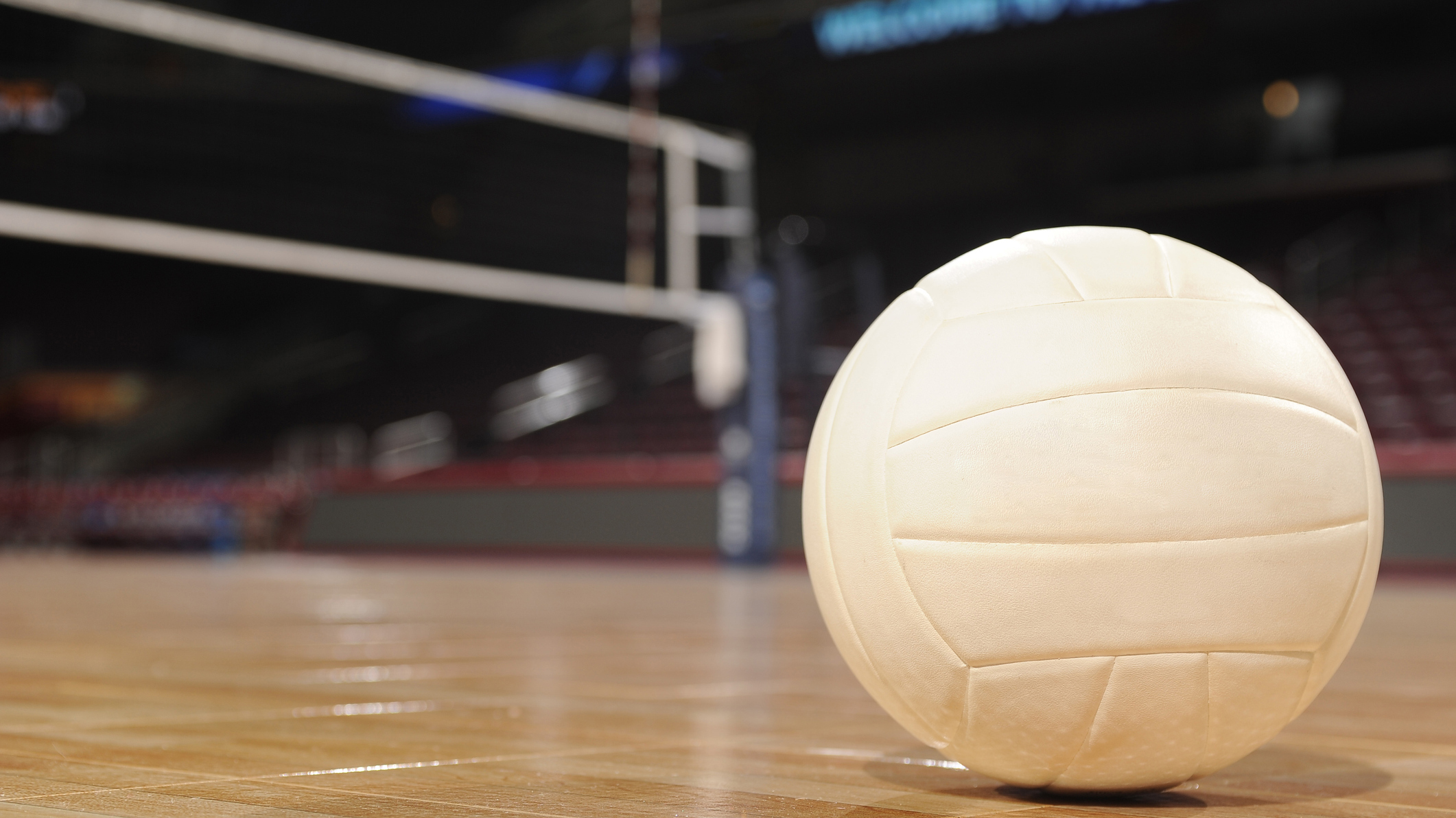Why You Feel Like You Need To Pee When You Work Out (And How to Stop It)
Female urinary incontinence is a serious, real, and widespread problem that not many trainers are talking about. In my experience with clients who have this condition, they are often embarrassed to bring it up or discuss it because they think it is a problem specific only to them.
This could not be further from the truth. A study was carried out to determine the prevalence of these issues amongst females. “Prevalence in women increased from 49.5% in 2001 to 2002, to 53.4% in 2007 to 2008” (Markland, et. al, 2011). This is clearly a huge problem that needs to be addressed.
What Causes Urinary Incontinence?
It’s first important to understand that you have both a diaphragm and a pelvic floor. Both of these are very directly related, as the state of one affects the other. Upon inhalation, our diaphragm and pelvic floor should simultaneously descent as air comes in. As we exhale, they should both ascend as air is expelled. That is normal human functioning.
The problem is, many individuals live their lives in excessive lumbar extension. This creates a plethora of issues in the body. Primarily, it creates a state in the body where the diaphragm and pelvic floor is unable to effectively descend and ascend.
This is because the abdomen is stuck protruding out, causing some of the air, gas, and pressure we take in through inhalation to be stuck.
If we cannot expel this excess air, it creates an “inhalation” state of the body where the diaphragm and pelvic floor are stuck descended.
In addition, the excess air, gas, and pressure push down on the descended pelvic floor. This puts direct pressure on the urethra, bladder, and other parts of the pelvic floor.
What Happens When Someone Urinates During Exercise?
Imagine you are lifting a heavyweight during a squat or performing an explosive movement like a jump. You have either weight, gravity, or both pushing down on you with multiple times your body weight.
Fluid responds to pressure. If there is too much pressure on the pelvic floor, the urine has nowhere to go but out. That is just basic physics.
What Can We Do?
This might sound strange, but we must first breathe properly. You can do all the kegel exercises you want, but until you solve the root issue of your condition, there can be no long-term solution. We first must make sure you can get a strong exhale, which will drive out the excess air, gas, and pressure in your abdomen and pelvic floor.
After we have gotten you out of that extended state where your low back is no longer stuck in an excessive arch, and your diaphragm/pelvic floor can finally ascend properly, then we can address the pelvic floor.
Now, since you have been stuck in that state for so long, and taking into account the natural asymmetries of the human body, the pelvic floor definitely needs some direct work.
RECOMMENDED FOR YOU
Why You Feel Like You Need To Pee When You Work Out (And How to Stop It)
Female urinary incontinence is a serious, real, and widespread problem that not many trainers are talking about. In my experience with clients who have this condition, they are often embarrassed to bring it up or discuss it because they think it is a problem specific only to them.
This could not be further from the truth. A study was carried out to determine the prevalence of these issues amongst females. “Prevalence in women increased from 49.5% in 2001 to 2002, to 53.4% in 2007 to 2008” (Markland, et. al, 2011). This is clearly a huge problem that needs to be addressed.
What Causes Urinary Incontinence?
It’s first important to understand that you have both a diaphragm and a pelvic floor. Both of these are very directly related, as the state of one affects the other. Upon inhalation, our diaphragm and pelvic floor should simultaneously descent as air comes in. As we exhale, they should both ascend as air is expelled. That is normal human functioning.
The problem is, many individuals live their lives in excessive lumbar extension. This creates a plethora of issues in the body. Primarily, it creates a state in the body where the diaphragm and pelvic floor is unable to effectively descend and ascend.
This is because the abdomen is stuck protruding out, causing some of the air, gas, and pressure we take in through inhalation to be stuck.
If we cannot expel this excess air, it creates an “inhalation” state of the body where the diaphragm and pelvic floor are stuck descended.
In addition, the excess air, gas, and pressure push down on the descended pelvic floor. This puts direct pressure on the urethra, bladder, and other parts of the pelvic floor.
What Happens When Someone Urinates During Exercise?
Imagine you are lifting a heavyweight during a squat or performing an explosive movement like a jump. You have either weight, gravity, or both pushing down on you with multiple times your body weight.
Fluid responds to pressure. If there is too much pressure on the pelvic floor, the urine has nowhere to go but out. That is just basic physics.
What Can We Do?
This might sound strange, but we must first breathe properly. You can do all the kegel exercises you want, but until you solve the root issue of your condition, there can be no long-term solution. We first must make sure you can get a strong exhale, which will drive out the excess air, gas, and pressure in your abdomen and pelvic floor.
After we have gotten you out of that extended state where your low back is no longer stuck in an excessive arch, and your diaphragm/pelvic floor can finally ascend properly, then we can address the pelvic floor.
Now, since you have been stuck in that state for so long, and taking into account the natural asymmetries of the human body, the pelvic floor definitely needs some direct work.










